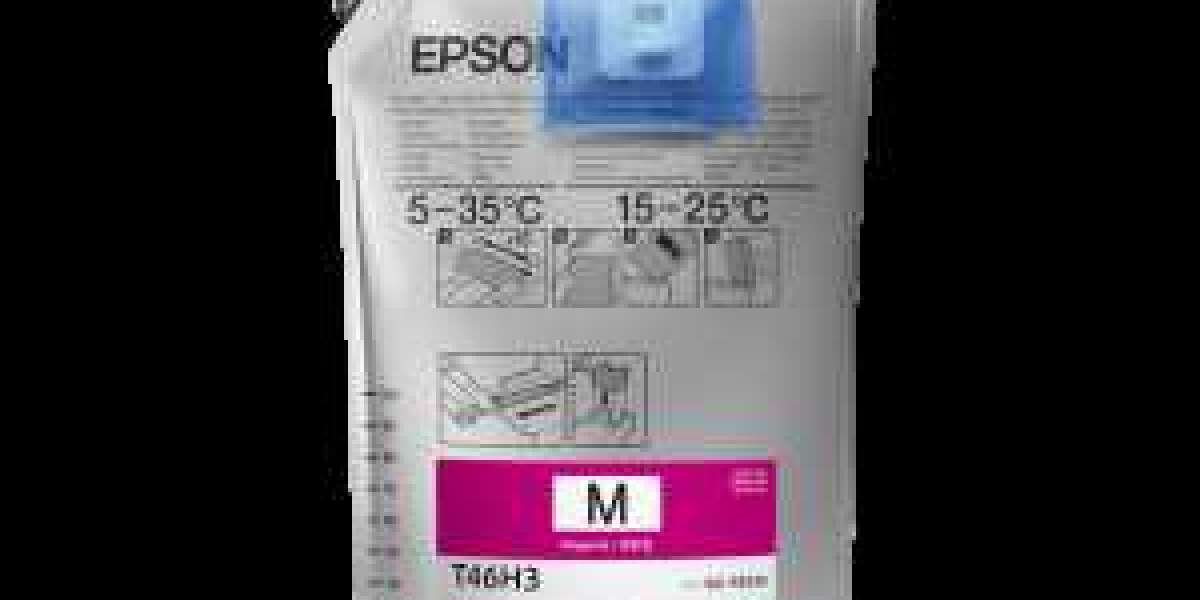Dye-sublimation printing is one of the most popular methods for producing high-quality, vibrant prints on a variety of materials. Whether you're starting a business or looking to upgrade your existing setup, choosing the best dye sublimation printer is crucial for achieving outstanding results. In this guide, we'll explore the key factors to consider when selecting dye-sublimation equipment, including printers, heat presses, inks, and transfer papers.
What is Dye-Sublimation Printing?
Dye-sublimation printing is a digital printing technique that uses heat to transfer dye onto materials such as fabrics, ceramics, and metals. The process involves printing an image onto a special transfer paper using sublimation inks, which are then heat-pressed onto the final substrate. The heat converts the ink into gas, allowing it to bond with the material's surface, creating a long-lasting and vibrant image.
Factors to Consider When Choosing the Best Dye Sublimation Printer
A high-resolution printer ensures sharp and detailed images. Look for a printer with at least 1200 dpi (dots per inch) resolution to achieve professional-quality prints.
Consider the maximum printing area required for your projects. Some printers are designed for small formats like mugs and t-shirts, while others support larger prints for banners, signage, and textiles.
Sublimation inks play a significant role in the final print quality. Choose a printer with a reliable ink system that ensures accurate color reproduction and smooth gradients. Some of the best dye-sublimation printers use CMYK (Cyan, Magenta, Yellow, and Black) ink configurations, while others may include additional colors for enhanced output.
Modern dye-sublimation printers come with multiple connectivity options such as USB, Wi-Fi, and Ethernet, allowing seamless integration with your workflow. Ensure the printer is compatible with your design software, such as Adobe Photoshop, CorelDRAW, or RIP software for color management.
Apart from the initial cost of the printer, consider the expenses for inks, transfer papers, and maintenance. Opt for a printer with cost-effective consumables to maximize profitability.
Essential Dye-Sublimation Equipment
A high-quality heat press is necessary for transferring the sublimation prints onto the final material. Heat presses come in different sizes and types, including:
Flatbed heat presses – Ideal for fabrics, mousepads, and ceramic tiles.
Mug heat presses – Designed specifically for printing on mugs and cylindrical objects.
Swing-away heat presses – Offer even pressure distribution for detailed designs.
Choose high-quality sublimation inks that provide vibrant and fade-resistant colors. Some popular ink brands include Sawgrass, Epson, and Cobra Ink.
Sublimation transfer papers come in different grades. Opt for high-release transfer papers to ensure better ink absorption and vivid prints.
Top 3 Best Dye Sublimation Printers in 2024
Pros: High-quality prints, easy-to-use software, efficient ink system.
Cons: Higher initial investment.
Best For: Small businesses and professional designers.
Pros: Large format printing, cost-effective ink system, excellent color accuracy.
Cons: Requires regular maintenance.
Best For: Large-scale production and high-volume printing.
Pros: Compact design, reliable performance, affordable ink refills.
Cons: Limited to smaller print sizes.
Best For: Beginners and hobbyists.
Conclusion
Choosing the best dye sublimation printer depends on your specific printing needs, budget, and expected output quality. By investing in high-quality printers, heat presses, inks, and transfer papers, you can achieve superior color reproduction and long-lasting results. Whether you're customizing apparel, mugs, or promotional items, a reliable dye-sublimation setup will help you create professional-grade prints with exceptional durability. Start your journey today and elevate your printing business with the right equipment!













